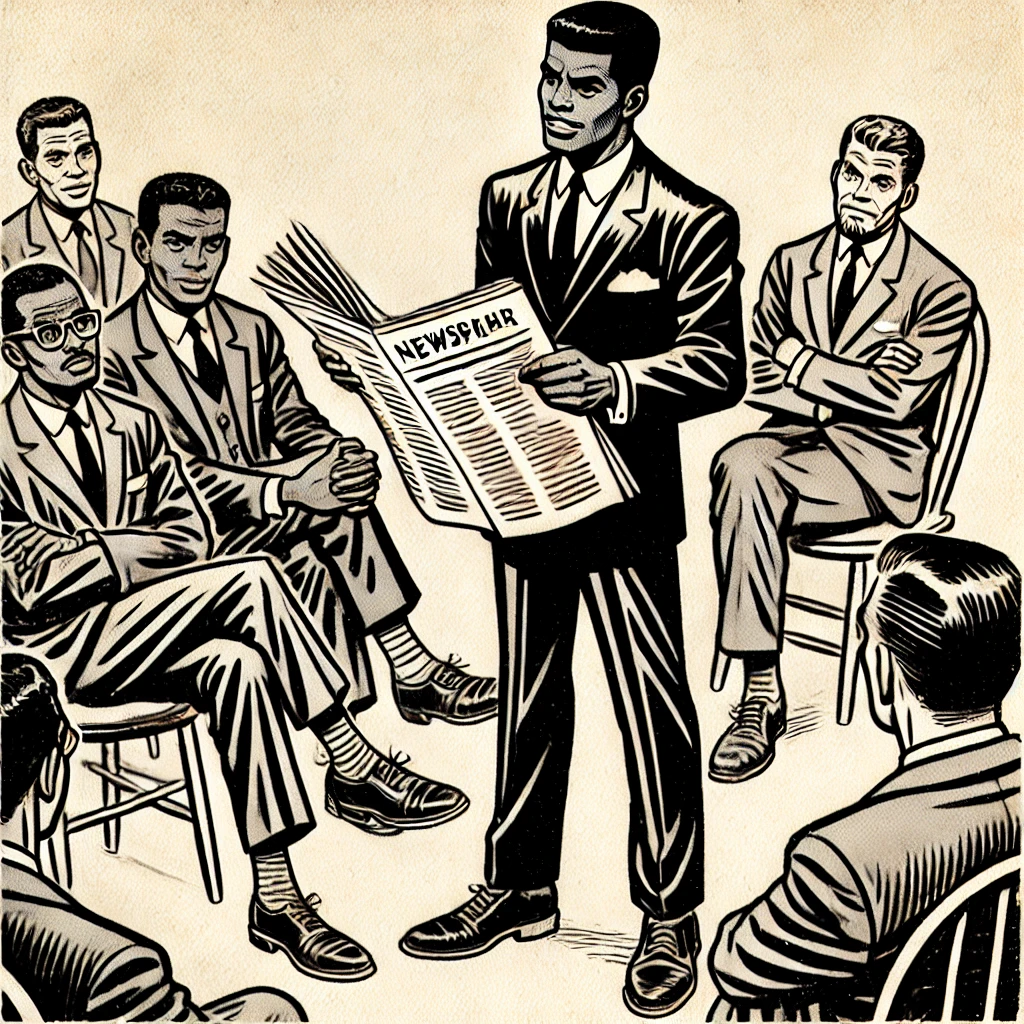10 Things the U.S. Government Owes Black Americans

Introduction The issue of reparations for Black Americans has gained significant attention in recent years, prompting widespread discussions about historical injustices and their lasting impacts on the Black community. The concept of reparations encompasses various forms of compensation, including financial payments, land restitution, and systemic reforms that address the inequities stemming from slavery, segregation, and ongoing discrimination. This discourse is rooted in the historical context of the United States, where policies and practices have systematically marginalized Black individuals, contributing to a wealth gap and social disparities that persist today. To fully comprehend what the U.S. government owes Black Americans, it is essential to explore the legacy of slavery, the subsequent Jim Crow laws, and the ongoing challenges of racial discrimination. Many advocates argue that these historical injustices constituted a moral and economic debt that has yet to be acknowledged or repaid. The ongoing debates surrounding reparations are multifaceted, encompassing legal, economic, and ethical dimensions. As various states and municipalities begin to engage in discussions regarding reparations, the conversation has further illuminated the need for a comprehensive approach that addresses the needs of the Black community. Public discussions around reparations often highlight the role of historical trauma and its effects on current generations. This has sparked increased interest in policy proposals aimed at promoting equity and justice. Advocates point to successful reparative measures in other countries as potential models for the U.S., suggesting the necessity of establishing frameworks that can effectively address the debts and commitments owed to Black Americans. As the dialogue evolves, it remains imperative to recognize the complexities entailed in discussions of reparations, paving the way for an informed exploration of how the U.S. government can begin to rectify historical wrongs and contribute to a more equitable society. Historical Context of Slavery Slavery in the United States began in the early 17th century, with the arrival of the first enslaved Africans in Virginia in 1619. Over the next two centuries, the practice of slavery matured into a legalized institution that was deeply embedded in the American economy and societal structure. The enslavement of Black Americans was not merely an individual hardship; it became a systemic practice that facilitated the economic growth of the nation, particularly in the agrarian South. Cotton, sugar, and tobacco became staple crops, heavily reliant on the forced labor of enslaved individuals, shaping wealth accumulation for landowners and fueling the broader economy. The social ramifications of slavery were profound. It created a rigid racial hierarchy that dehumanized Black individuals and categorized them as property rather than people. This dehumanization fostered a legacy of discrimination and systemic inequality, which persists today. Legal frameworks, such as the Fugitive Slave Act and the Dred Scott decision, reinforced the idea that Black Americans were entitled to fewer rights than their white counterparts, perpetuating cycles of oppression and exclusion. Psychologically, the impacts of slavery have left enduring scars on Black Americans. The trauma associated with enslavement, violence, and systemic racism continues to affect mental health and community dynamics. Descendants of enslaved individuals are often confronted with the lingering effects of societal disenfranchisement, including barriers to education, employment, and health. Furthermore, the cultural resilience developed in the face of such adversity has also fortified a sense of identity and community among Black Americans. Understanding the historical context of slavery is vital to addressing the socio-economic disparities that continue to affect Black Americans today. The legacy of this institution is not merely a chapter of history but a foundational element that informs ongoing struggles for justice and equity in contemporary society. Jim Crow Laws and Racial Segregation The implementation of Jim Crow laws in the late 19th and early 20th centuries marked a definitive shift in the legal landscape of the United States, where systemic racism became firmly entrenched in societal norms. These laws, named after a blackface character, were established in the Southern states after the Reconstruction era, aiming to enforce racial segregation and disenfranchise Black Americans. They supported a framework of racial discrimination by mandating separate facilities in public spaces, including schools, restaurants, and transportation systems. The slogan “separate but equal” was adopted, but in reality, the facilities provided to Black Americans were invariably inferior. The negative consequences of these laws extended far beyond physical separation. The disenfranchisement of Black voters was rampant, as literacy tests, poll taxes, and other restrictive measures were used to suppress their electoral participation. This disenfranchisement allowed white supremacist groups to exert undue influence over political processes and maintain the status quo, perpetuating the cycle of inequality. As a result, African American voices were largely silenced, and their access to political power was severely limited. Moreover, Jim Crow laws contributed significantly to economic disparity, solidifying a system in which Black Americans faced limited employment opportunities and wage inequities. With educational institutions designed to fail them, many Black individuals found it nearly impossible to rise economically, thereby entrenching poverty in many African American communities. The long-lasting effects of racial segregation have left a legacy that persists today, contributing to ongoing issues regarding equality and justice in the United States. As we reflect on the Jim Crow era, it is crucial to recognize the systemic barriers that were constructed and how they have affected generations of Black Americans. The societal structures established during this time laid the groundwork for many of the racial inequalities that continue to plague the country today. Economic Disparities and Wealth Gaps Economic inequalities have profoundly affected Black Americans, leading to significant wealth gaps that have persisted through generations. Historically, discriminatory practices such as redlining have systematically barred Black families from acquiring property and building intergenerational wealth. Redlining, which involved the denial of mortgage loans and insurance to residents in predominantly Black neighborhoods, reinforced segregation and financial disenfranchisement. This practice not only eroded property values but also stifled access to essential services and quality education, ultimately impacting economic opportunity. Moreover, job discrimination has played a pivotal role in limiting the professional advancement of Black Americans. Despite legislative progress, including the Civil Rights

